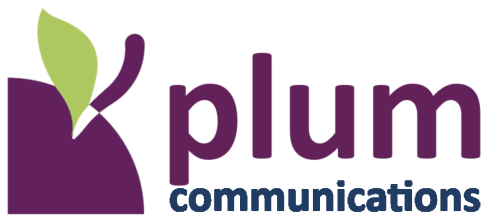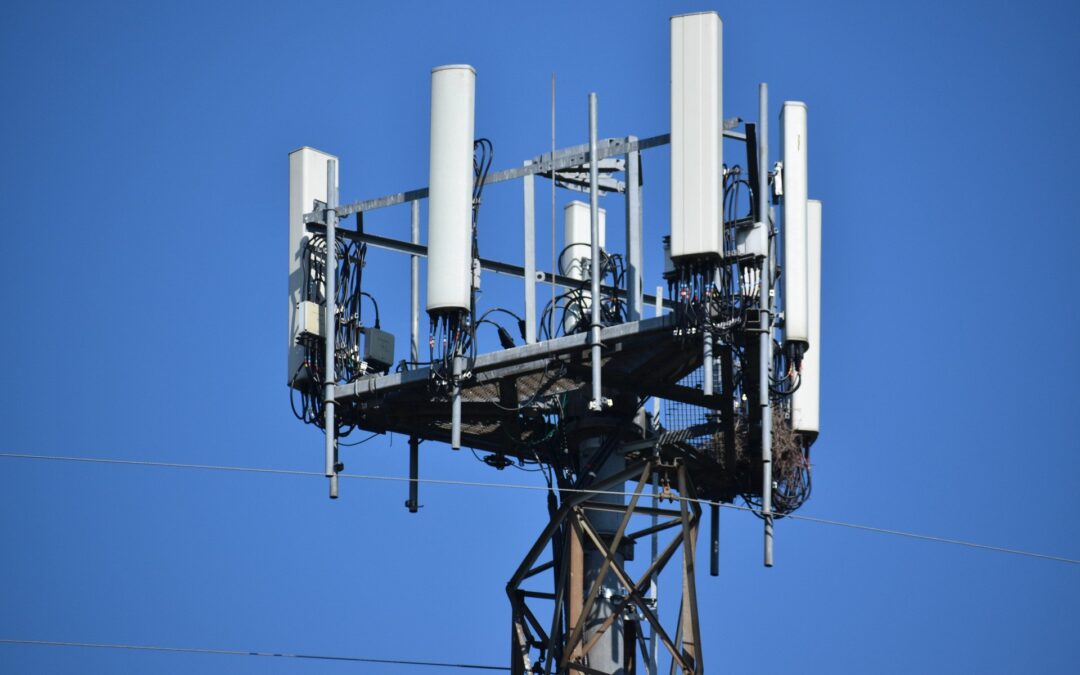Mobile data speeds are about to get a lot faster now that most networks have launched 5G wireless technology for some. It’s a gradual roll-out, with most of the UK expected to have 5G by 2022. We’ll run through what it all means for you, including how to benefit from this new tech.
What is 5G?
Put simply, 5G is the fifth generation of the technology used to deliver the mobile internet, which allows you to get online on a mobile or dongle without needing to connect to a cable or Wi-Fi.
Networks say it’s up to 10 times faster than 4G – and we’ve already seen real-world examples of it achieving over 400 megabits per second (Mbps), considerably faster than the average FTTC fibre broadband speed of 30Mbps.
It won’t replace 3G or 4G but will instead be another ‘layer’ on top. As it at operates on much higher and faster frequencies, more information can be carried, allowing for lightning-fast internet speeds.
How can I get 5G?
Although 5G is starting to arrive in more and more places in the UK, only a small number of people will be able to get it. First up, only a limited number of the most modern handsets are compatible with 5G, plus each network is rolling it out into different towns and cities at different times. This means to benefit; you’ll need to have a 5G compatible phone and be on a 5G contract with a network that offers it in your area.
Which networks offer 5G?
All the big networks now offer 5G, in various locations across the UK:
EE’s 5G network is available in 160 towns and cities. And it says there’s more to come
Vodafone’s 5G network is available in 124 towns and cities. Again, it says there’s more to come. It’s also launched 5G home broadband via its GigaCube.
Three’s 5G network is available in 303 towns and cities. These include Bath, Birmingham, Glasgow and Preston, with more to come. It also offers 5G broadband via its 5G Hub, which claims an average speed of 100Mbps.
O2’s 5G network is now available in 150 towns and cities. O2 was the last of the major networks to launch its 5G network, in October 2019.
Which phones support 5G?
Right now, the list is limited, but it’s growing all the time, and includes models from the big brands, including Apple, Samsung, and Huawei.
Traditionally, manufacturers have released 4G and 5G models of the same handset, but now we’re seeing some just release a 5G version such as the new iPhone 12.
Most mobile networks, including EE, O2, Three and Vodafone, now offer 5G contract plans, which include the handset. It’s important to note that if you have a 5G phone and contract, you’ll only actually get the 5G speeds when you’re in an area covered by it. If not, you’ll just get standard 4G/3G speeds.
The Benefits of 5G for Business:
Faster Connection Speeds
The most widely known benefit of 5G is its connection speed, which is significantly faster than what the 4G network currently offers. Theoretically, 4G’s maximum speed tops out at 100 megabits per second, but that’s under the most optimal conditions. In contrast, 5G has the potential to reach a staggering 10 gigabits per second, a jump that will surely be of interest to businesses across all industries and sectors. The amount of data that enterprises transfer every day, hour, even minute is growing rapidly. With the speeds 5G is promising, moving significant amounts of data won’t cause any network issues.
Higher Device Capacity
Networks are not unlimited and can only handle a predefined number of devises and data transmission simultaneously. But offices are utilizing more and more devices, all of which are transferring more and more data — the 4G network just can’t handle these increased loads. And that’s where 5G comes in. Estimates suggest that 5G deployments can support one million connected devices per 0.38 square miles, where 4G can support just 2,000. With 5G, enterprise networks can host large numbers of devices in their IT infrastructure, all of which can undertake simultaneous data transfer thanks to the network’s larger spectrum band.
Lower latency
Latency is the gap of time between when a data packet is sent and when it is received and acknowledged. High latency results in noticeable lag, something that has always been present in our network connections. For example, if you’re watching a live-streamed tennis match, what you see on the screen is always behind what is happening in real time on the court. Latency is a particularly important metric for businesses looking to get involved in the Internet of Things marketplace, and the lower latency offered by 5G can significantly improve the functionality — and in some cases, safety — of IoT devices.
How 5G Will Energise Your Business
If 5G delivers on its promises, it will likely creep into every aspect of business operation. Even when and where we work will be affected, with the possibility of remote teams empowering organizations to hire top talent outside of their local area, or even country.
5G will help a business, but it’s not as simple as switching to a new network provider or contract. Leaders looking to capitalise on the widespread introduction of 5G can lay the groundwork by:
• Including 5G in the budget. Like all new technologies, 5G hardware will be more expensive than 4G hardware. For businesses to remain competitive when a full-scale launch of the technology occurs, they’ll need 5G-ready equipment on hand and ready to go.
• Strengthening big data analytics. 5G will facilitate advances in artificial intelligence, automation, and IoT, and with these advances come more and more data. How a company collects, stores, and uses that data will be critical to success, so investment in analytics tools will be essential.
• Providing 5G education. Teams cannot make the most of this new technology if they don’t understand what it is and the potential it offers. 5G education can help businesses understand how the network’s benefits can support business goals, improve customer experience, and drive growth.
• Preparing for the wave of automation and AI. Faster speeds and lower latency lend themselves to an influx in new automation and AI technologies. Businesses will rely on mobile networks more than ever and will need to work with IT specialists to redesign and streamline core operations.
• Strategizing 5G use. Technology is always evolving and improving. Today’s 5G technologies will be limited compared to those of the future. Companies must strategize how they are going to use 5G now, and in the longer term.
Whether it’s tomorrow, next year, or five years down the line, at some point, you’ll have an opportunity to take advantage of the benefits of 5G. Faster speeds, lower latency, and improved device capacity will pave the way for new technologies — automated, intelligent technologies that will enhance business performance and revolutionize the customer experience.
To start your 5G journey, get in touch with Plum today and find out more about how it can help you and your business.

